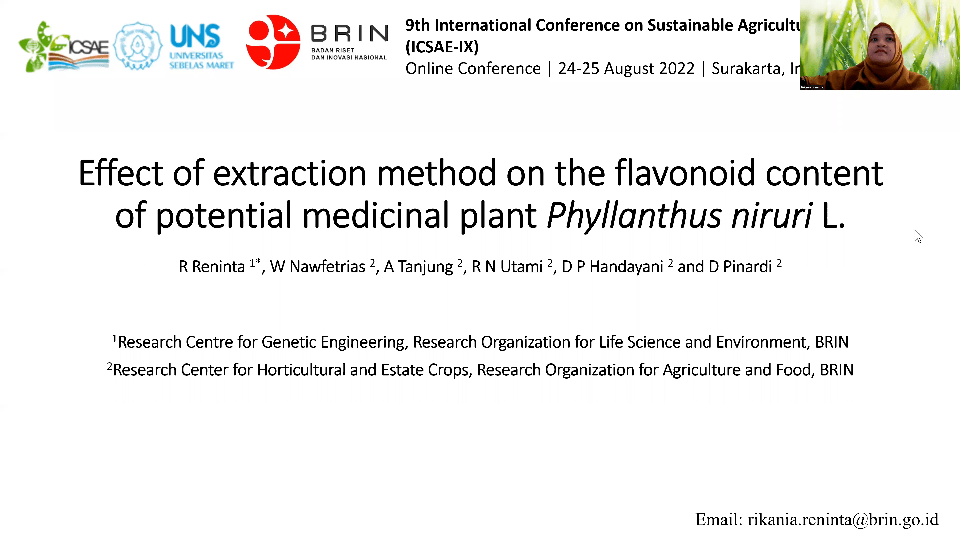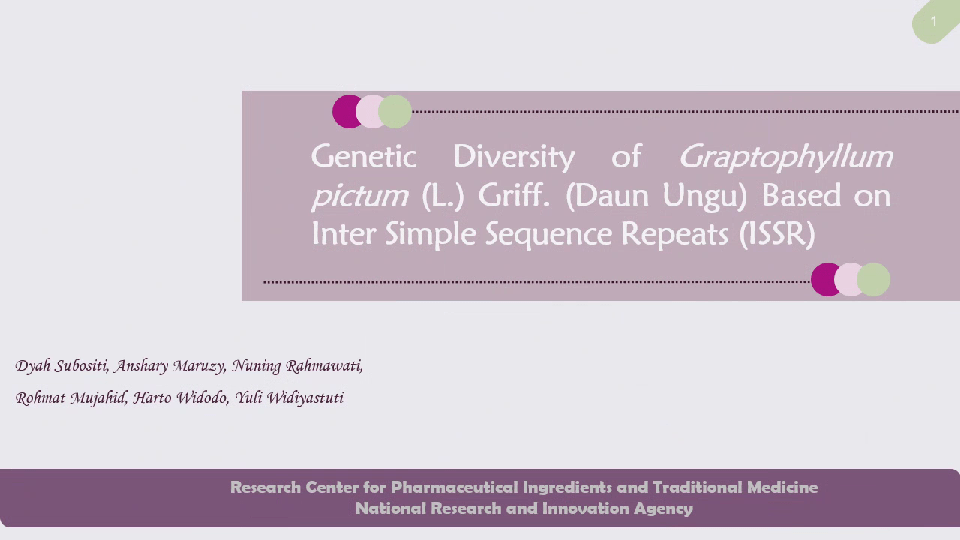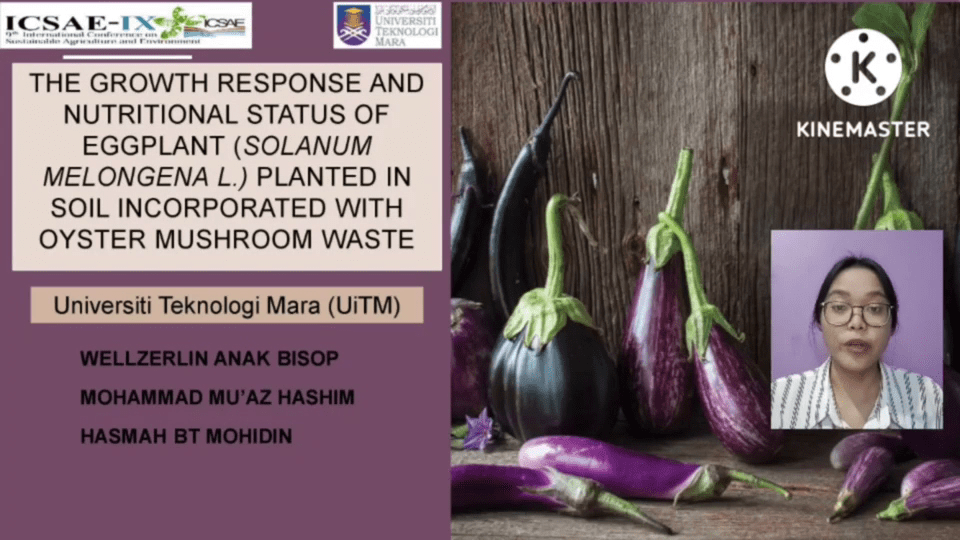Home » Room Video 6 » ID116 Chemical composition of brown and red algae
Paper ID: 116
Chemical composition of brown and red algae from Kelapa Beach, Tuban, East Java and their potential as Ruminant Feed
N Hidayah1,2, C T Noviandi3, A Astuti3 and Kustantinah3*
1Graduate School of Animal Science, Universitas Gadjah Mada, Indonesia
2Department of Animal Science, Faculty of Agriculture, Universitas Tidar, Indonesia
3Faculty of Animal Science, Universitas Gadjah Mada, Indonesia
Email: kustantinah@ugm.ac.id
This research was designed to evaluate the chemical composition of brown (phaeophytes) and red algae (rhodophytes) from Kelapa beach, Tuban, East Java. The brown algae consisted of Laminaria sp and Padina australis, whereas the red algae consisted of Eucheuma cottonii and Gracilaria sp. The algae were cleaned from dirt and other materials before drying under the sun. All of the algae were grinded and analysed using proximate analysis (dry matter (DM), ash, organic matter (OM), crude protein (CP), ether extract (EE), crude fiber (CF), and nitrogen free extract (NFE)) and gross energy with bomb calorimeter. Data were analyzed descriptively by calculated the average of data obtained. The result showed that brown algae of Padina australis had the highest of DM (30.59%) and CP (12.57%). The red algae of Eucheuma cottonii had the highest of OM (76.58%), EE (2.85%), CF (8.80%), NFE (56.38%) and gross energy (2,911 Cal/g) but lowest of DM (13.67%) and CP (8.55%), however opposite with Gracilaria sp had the highest of ash (65.63%) and the lowest of OM (34.37%), EE (0.21%), CF (2.49%), NFE (19.95%) and gross energy (1,083 Cal/g). Based on this study, brown algae (Laminaria sp and Padina australis) and red algae (Eucheuma cottonii and Gracilaria sp.) are potential as ruminant feed especially as mineral sources.


